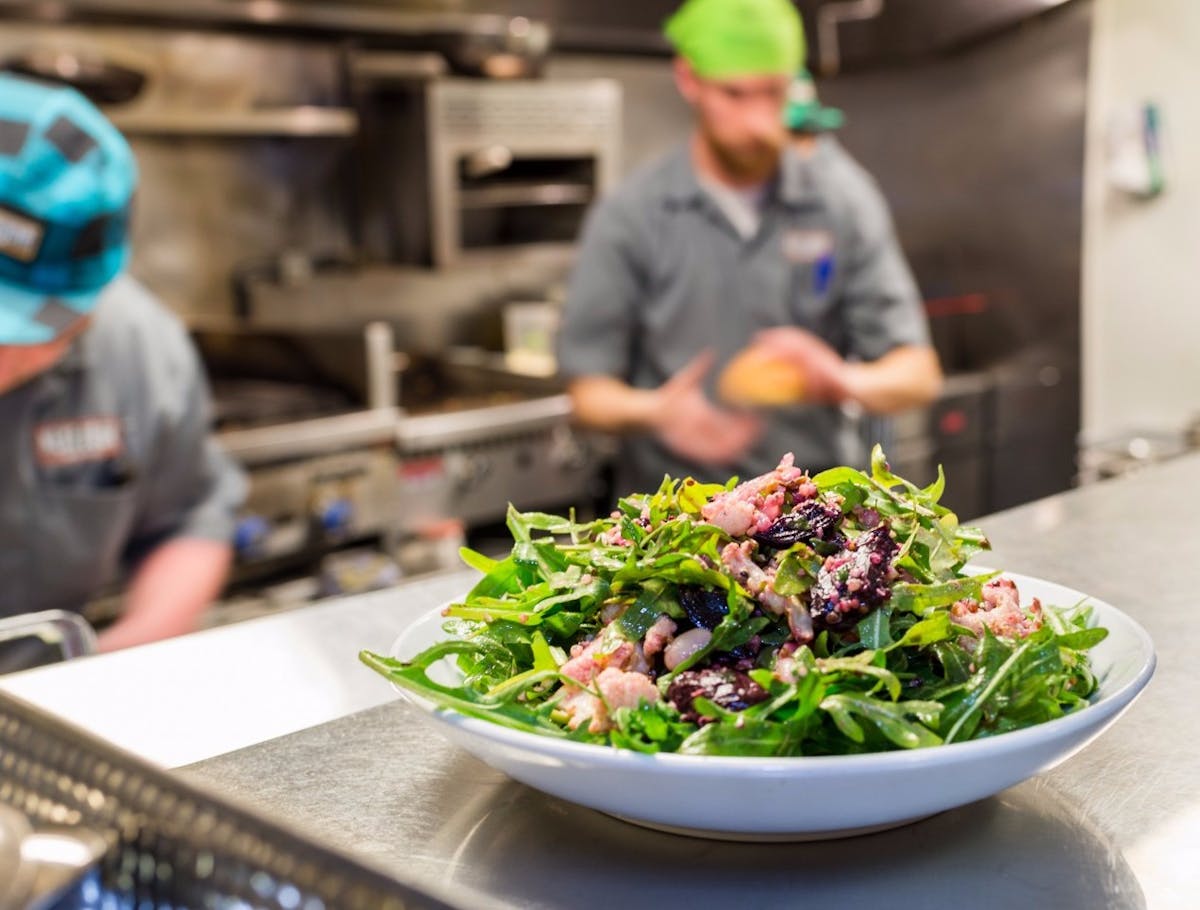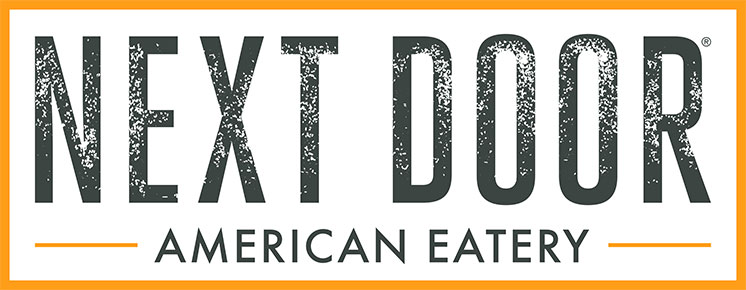How Other People’s Food Allergies Are Changing What You Eat

I’m standing in a space the width of an airplane aisle, staring at frying oils. It’s the kitchen of the Stapleton, Colo., location of Next Door, one of the country’s most high-profile casual restaurant companies. Until now, I’ve given very little thought to frying oils. But I’m on a quest for understanding: to get behind the scenes in a kitchen that is equally friendly to gluten-free, vegetarian, vegan and various food-allergic customers as it is to everybody else.
At Next Door, eating restrictions don’t just pepper the menu, signaled through such acronyms as “GF” (gluten-friendly), “DF” (dairy-free), “V+” (vegan) and “GFO (gluten-friendly optional). They downright define it. Instead of topping a salad with nuts, Next Door chefs sprinkle on sunflower seeds. Before frying calamari or pickles and pepperoncini, they dredge them in cornstarch or polenta, respectively, instead of the traditional wheat flour. For their veggie bowl, they use quinoa, because it’s a whole grain that doesn’t have gluten.
